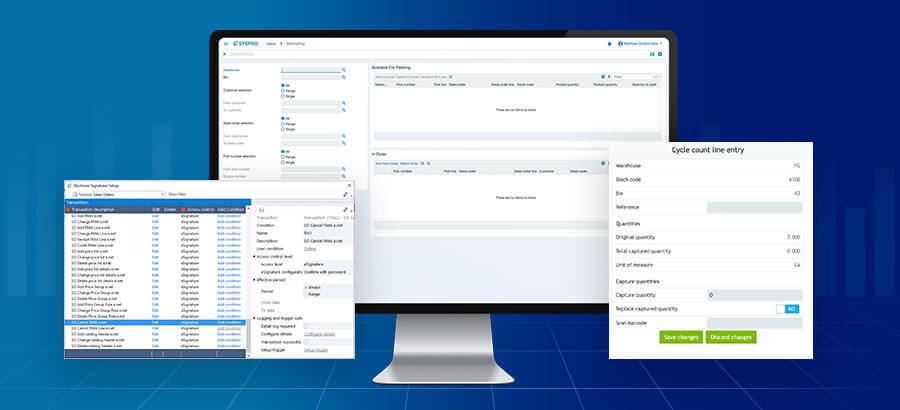You can’t seem to have a conversation about UX without talking about Apple products – especially the introduction of the iPhone in 2007. The iPhone was obviously a ‘game changer’, but it didn’t appear out of thin air. Its design was at least as much evolutionary as revolutionary. Apple’s aesthetics were pre-figured in the 1960s, by Dieter Rams, a German designer who worked for Braun.
Rams was a visionary. As he said in a speech in 1976: ‘You cannot understand good design if you do not understand people; design is made for people.’ Likewise, in this fascinating video, another visionary, Steve Jobs, says essentially the same thing about product development: ‘You’ve got to start with the customer experience and work backwards to the technology.’ In my opinion, Rams and Jobs are right: the landscape is littered with useful technology that never caught on, because it simply did nothing to increase the experience of the user.
Since the advent of the iPhone the technology landscape has become wonderfully obsessed with the user experience. A quick job search for ‘UX Designer’ reaps immediate confirmation: anyone developing technology is now aware that consumers don’t just want sophisticated gadgets – they want an increasingly well-conceived technology experience.
Some of my favorite UX innovations involve drones. It’s almost a given that drones will soon be invaluable for Search & Rescue and package delivery, but many details of the user experience are still being defined. In 2015, Australian start-up flirtey.com made the first real-world, FAA-sanctioned demonstration of drone delivery technology in the United States, successfully delivering medical supplies to a county fair in Virginia. Imagine a group of climbers half-way up the side of a mountain with a minor injury they’re not equipped to address … suddenly a drone appears and delivers their salvation – now that’s a user experience.
Drones are also changing the way we observe reality. In 2014, drones were used to film ski and snowboarding events at the Winter Olympics in Sochi. In 2015, Fox Sports tried them out at a super cross event, giving a glimpse into what promises to be an incredible leap forward in sports voyeurism.
Virtual reality is another area in which the benefits of UX are only just beginning to be realized. Traditionally the domain of gamers, VR is now being leveraged by industries such as real estate. With the advent of headset technologies such as Oculus Rift, companies are offering virtual tours of spaces that don’t even exist yet. For a taste of real-estate-to-come, check out this video of the Park Tower in San Francisco, scheduled for completion in 2018. As you watch, imagine choosing a virtual room and remodeling it to your taste, with virtual paint and furniture. For those of us who played “Sim City” the general idea is old, but as part of a new user experience for real estate buyers, VR brings powerful insight into future possibilities.
At SYSPRO, we’re very much alive to the possibilities of the user experience. To quote Phil Duff, our founder and CEO: “The age of the UX – the User Experience – has arrived and along with it, simplicity and beautification. Our roadmap, while embracing new features and functions to support its growing customer base, firmly puts the customer experience as a top priority.” So what is SYSPRO bringing to the UX party? I will address this in my next blog.







